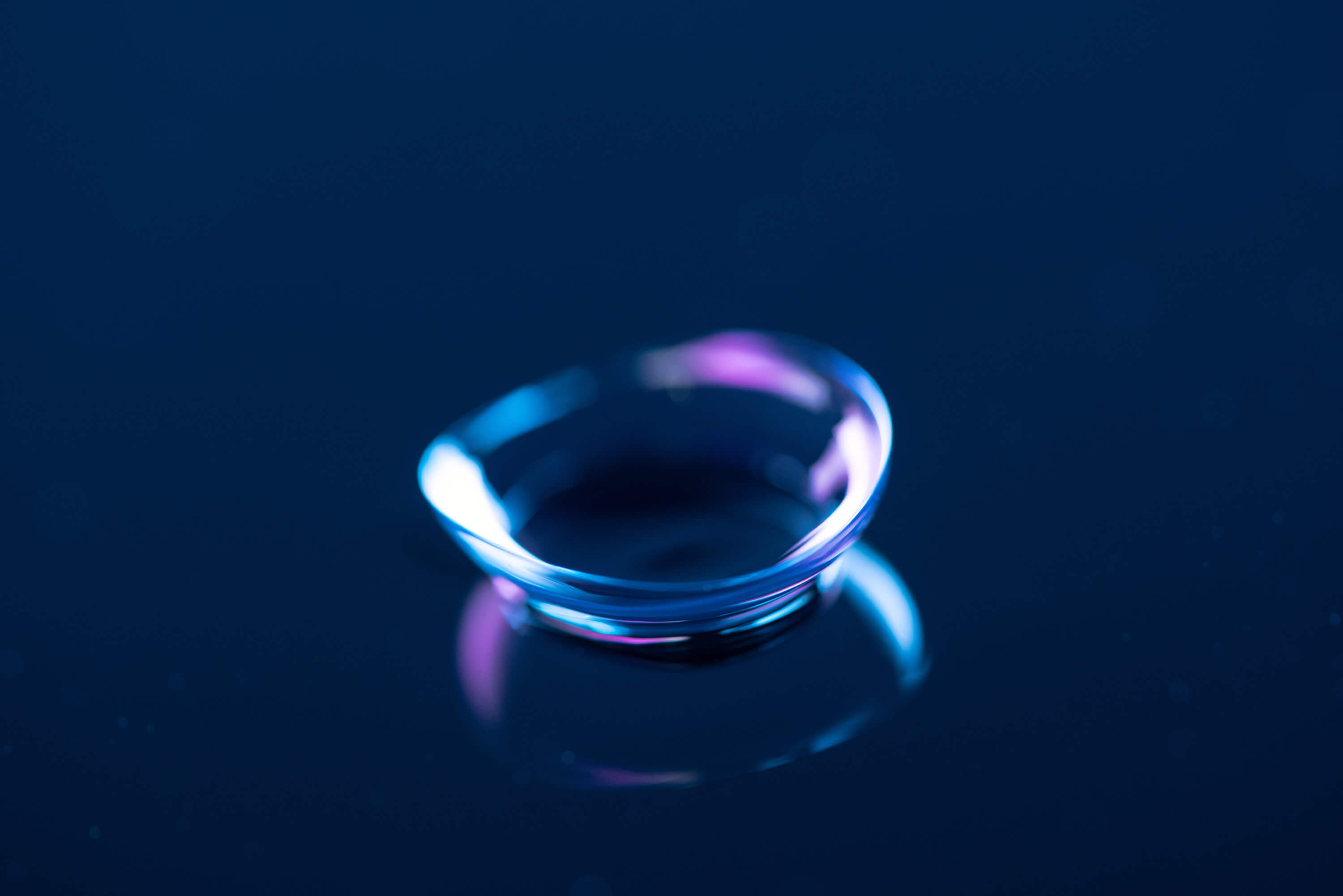In today’s digital world, our eyes are more exposed than ever to blue light, a part of the light spectrum that comes from the sun’s rays but also from screens, LED lighting, and smartphones. But what exactly is blue light, and how can it affect our eyes?
Blue light has a shorter wavelength and higher energy than other colors in the light spectrum. Prolonged exposure can contribute to eye strain, dry eyes, and blurred vision, especially when spending many hours in front of computers, tablets, or mobile phones. Studies also show that blue light can disrupt our circadian rhythm and sleep, as it affects the body’s production of melatonin.
As an optician, I recommend taking preventive measures to reduce the impact of blue light, without having to drastically change your daily life. Here are some effective ways:
-
Screen habits and breaks
Use the 20-20-20 rule: every 20 minutes, look at something 20 feet away (about 6 meters) for 20 seconds. This gives your eyes rest and reduces strain. -
Blue light filters on screens
Many phones and computers have built-in functions that reduce blue light, especially in the evening. This can help your eyes relax and improve sleep quality. -
Blue light-reducing glasses
Consult your optician about glasses that filter blue light. Many modern lenses have built-in protection against harmful blue light while maintaining color reproduction and clear vision. -
Proper lighting
Make sure you work in lighting that is comfortable for your eyes, and avoid strong contrasts between the screen and the surrounding environment.
Blue light is a natural part of our everyday life and completely impossible to avoid, but with conscious habits and the right tools we can minimize its impact on our eyes. Regular check-ups with an optician also ensure that vision stays healthy and that any problems are detected early.
Taking care of your eyes in a digital age is about both preventive measures and small everyday changes – and it makes a big difference in the long run.

